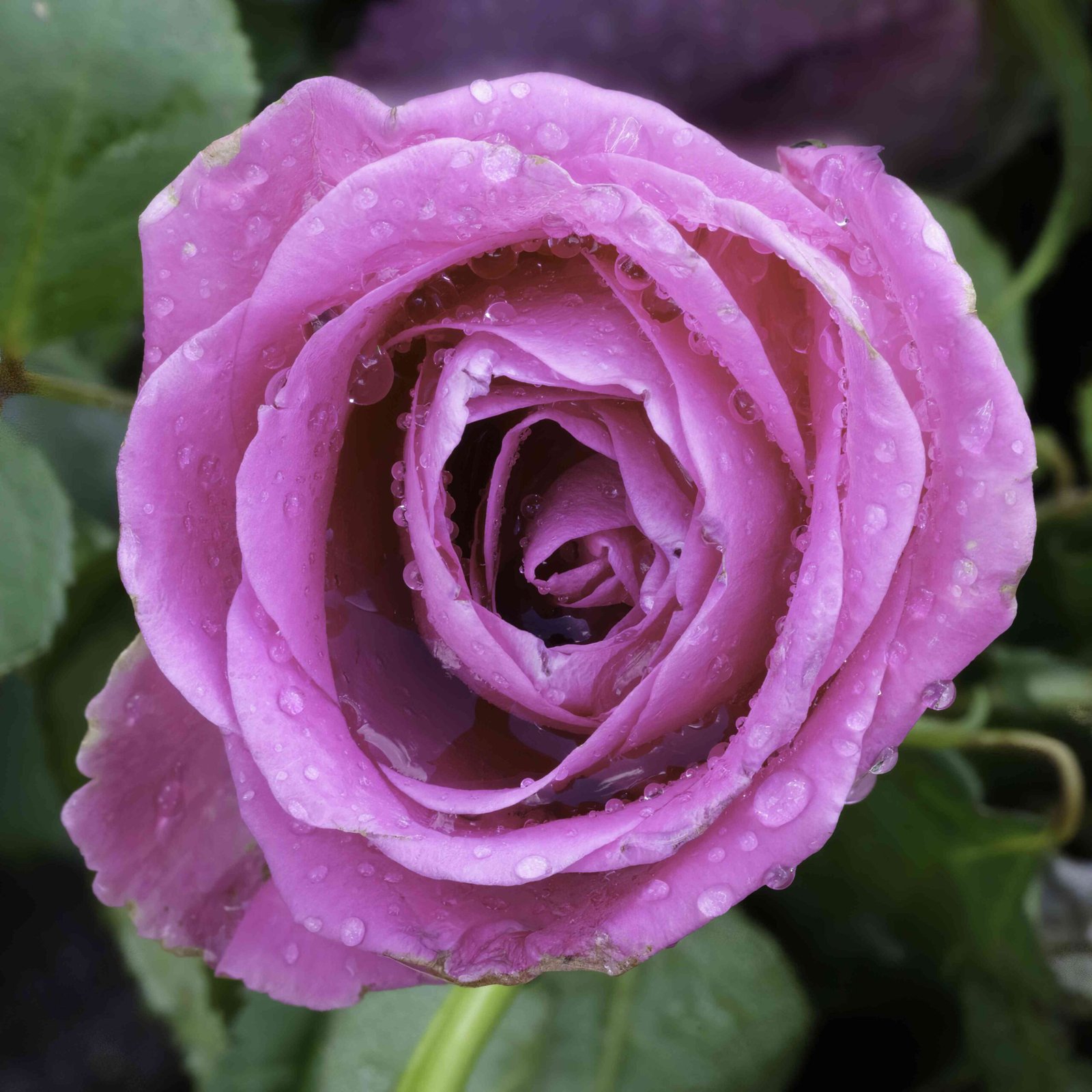What is Multiflora Rose?

Multiflora rose (Rosa multiflora) is an invasive shrub that was introduced to the United States in the 1800s as a rootstock for ornamental roses and as a natural fence. It has since spread aggressively, outcompeting native plants and forming dense thickets that can be difficult to control.
Effective Herbicides for Multiflora Rose Control

What Herbicides Work Best?
To effectively manage and eliminate multiflora rose, a combination of methods can be employed, including chemical, mechanical, and biological control, as well as long-term management strategies.
The most effective herbicides for controlling multiflora rose include:
- Glyphosate: Roundup, many others. Effective as a foliar spray (1-1.5% solution) or cut-stump treatment (10-20% solution or 1:1 with water).
- Triclopyr: Garlon 3A, Crossbow (in combination with 2,4-D). Effective as a cut-stump treatment (undiluted or 50% solution) or foliar spray (1-1.5% solution).
- Dicamba: Banvel, Clarity. Effective as a foliar spray (1% solution).
- 2,4-D: Often used in combination with other herbicides like triclopyr (Crossbow) or dicamba. Effective as a foliar spray (1-1.5% solution).
When is the Best Time to Apply Herbicides?
- Foliar Spray: Apply when plants are fully leafed out, typically in late spring to early fall.
- Cut-Stump Treatment: Apply during July to September or in the dormant season.
Mechanical Removal Techniques
What Tools are Needed?
- Hand Tools: Digging tools, Weed Wrench®, pruning saws, and loppers for smaller plants.
- Heavy Equipment: Bulldozers, mowers, and tractors for larger infestations.
How to Mechanically Remove Multiflora Rose?
- Pulling and Digging: Effective for small, scattered infestations. Ensure all roots are removed to prevent re-sprouting.
- Mowing: Mow plants 3-6 times during the growing season for multiple years to reduce populations.
- Cutting: Cut stems as close to ground level as possible. Repeated cutting (every 1-2 months) can weaken the plant by depleting root reserves.
Biological Control Options
What Biological Agents are Available?
- Rose Seed Chalid (Megastigmus aculeatus var. nigroflavus): A small wasp-like insect that attacks developing seeds of multiflora rose, reducing new infestations.
- Rose Rosette Disease (RRD): A disease that can be used for biological control, but its effectiveness and environmental limitations are still being studied.
Long-term Management Strategies
How to Prevent Multiflora Rose Regrowth?
- Well-Managed Pastures: Maintain a healthy pasture sward through proper grazing practices to out-compete multiflora rose.
- Monitoring: Regularly monitor areas for new multiflora rose growth, especially after control efforts.
- Revegetation: After control efforts, revegetate the area with native species to prevent multiflora rose from re-establishing itself.
- Maintenance: Continue to manage the area through mowing, grazing, or other methods to prevent the return of multiflora rose.
